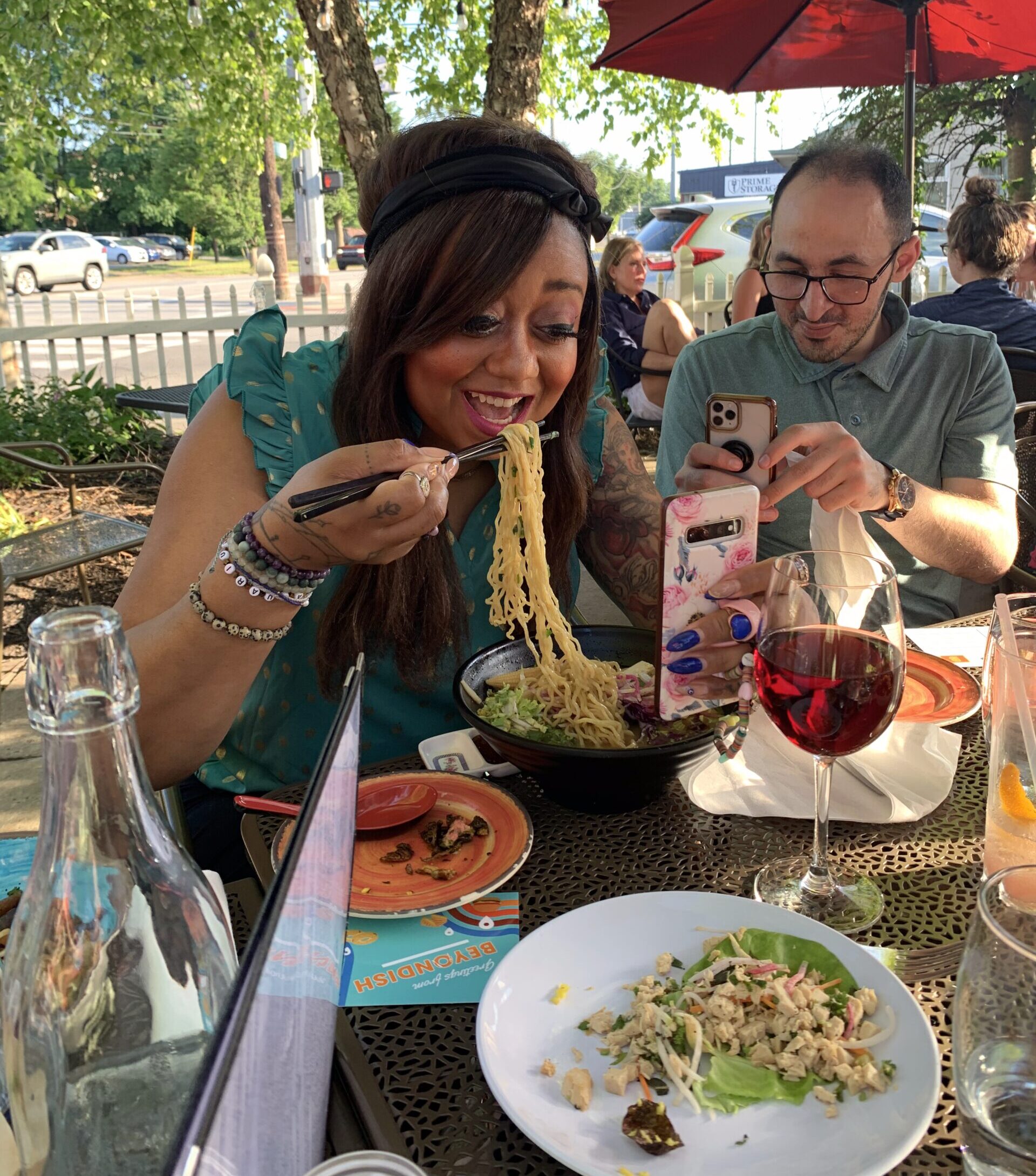
Montana-based Old Salt Co-op was founded in 2021 with an ambitious goal. The co-op aims to financially benefit its cattle and sheep rancher-owners so they can practice regenerative agriculture, making the land healthier instead of depleting it. The co-op’s motto, “Land is kin,” emphasizes that core value of environmental stewardship, which is something the U.S. meatpacking industry often fails to consider.
“What we have in this country is a food system about profit and efficiency,” says Old Salt founder Cole Mannix. “We’ve created very few players in [meat] processing, distribution and retail, which decreases options for producers…they have less money coming in.”
“Managing complex ecosystems and being productive takes talent over time, [and] it takes money. You need to incentivize and recruit talented ranchers,” he continues. “[The current system has] made farmers and ranchers into commodities, selling pounds of beef or bushels of corn without looking at the land behind the label.”

Old Salt founder Cole Mannix.
Old Salt Co-op gives ranchers a better, more sustainable option, starting with the co-op’s small-scale meat-processing facility. The facility processes ten cattle per week, a stark contrast to a more typical large meatpacking plant designed to handle about 5,000 cattle per day. Customers can purchase Old Salt’s fresh cuts, ground meat, fresh sausages and smoked meats via the co-op’s website, as well as its Union Butcher Shop in Helena. Another way to taste Old Salt’s meats is at their two Helena restaurants: the Old Salt Outpost, a burger spot, and the Union Restaurant, which specializes in elevated, wood-fired cuisine.
The restaurants are an important aspect of the Old Salt model. Menus can be designed to utilize all parts of the animal, and customers get an opportunity to support local producers and learn about what makes the brand unique. “From the beginning we felt it was important to have a brick-and-mortar, in-person experience,” says Andrew Mace, director of culinary marketing. “That’s always going to be exponentially stronger than digital marketing.”
Another in-person Old Salt experience is the Old Salt Festival, an annual celebration of Montana land stewardship. Held on the Mannix Family Ranch in Helmsville, the family-friendly festival features music, small bites from guest chefs, and educational demonstrations, presentations and panel discussions.
Although it may not be as visible to the public as a restaurant or festival, Old Salt’s support of environmental stewardship is ever-present behind the scenes. The co-op’s ranchers utilize a variety of regenerative methods, including conservation easements, improving wildlife habitat, rotational grazing, and cover crops, to care for the land and live up to the co-op’s motto. “We’ve learned to see the natural world as being a relative and not property,” says Mannix.
“A lot of meat brands try to make the producer the hero of the story, but every part in the chain is critical,” he continues. “The power to change the system is in the customer’s hands and what they pay for.”

NEXT ON THE DISH








